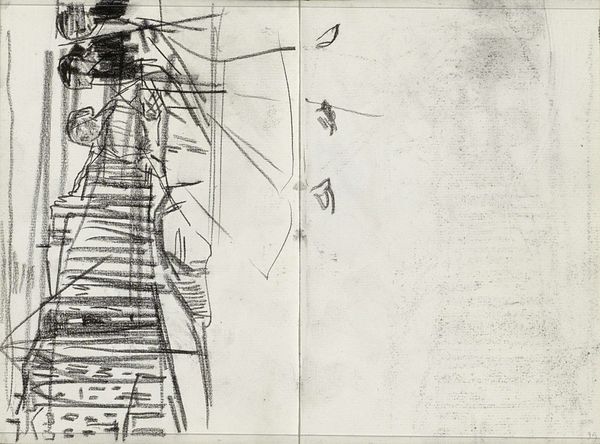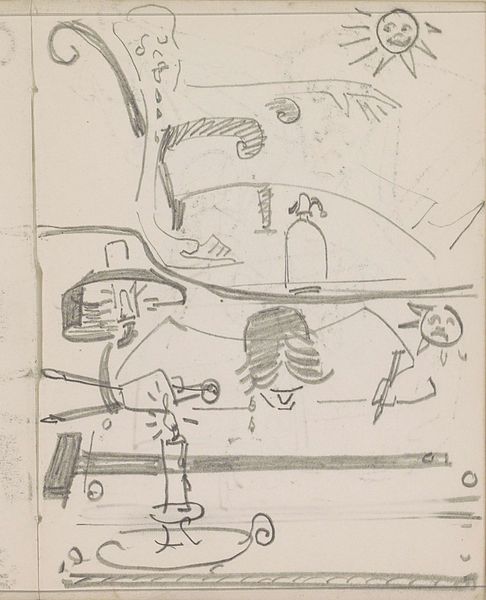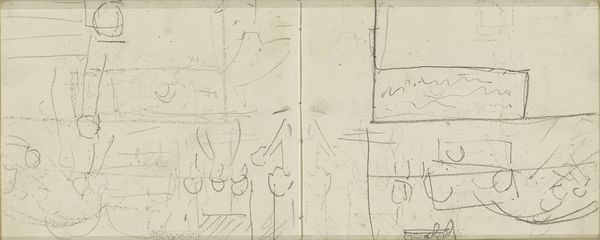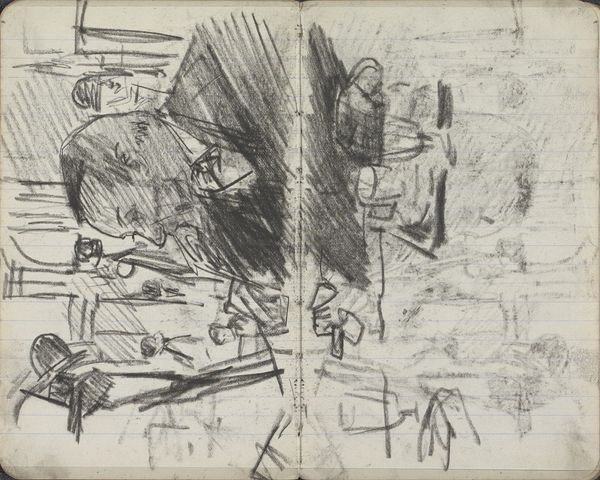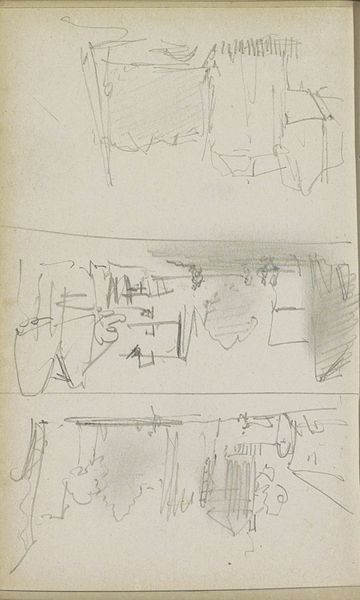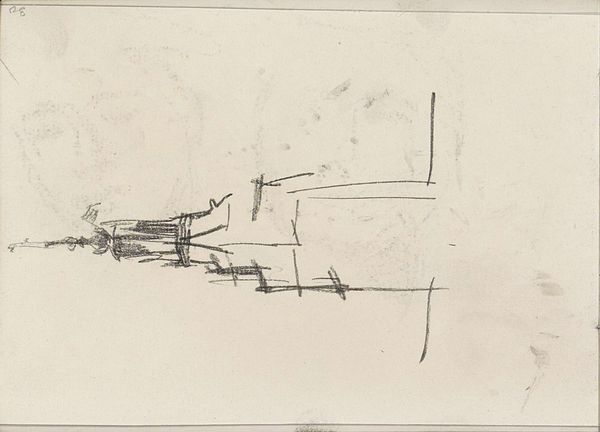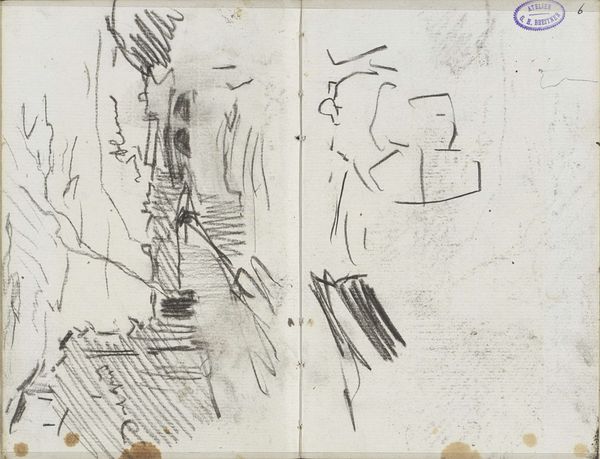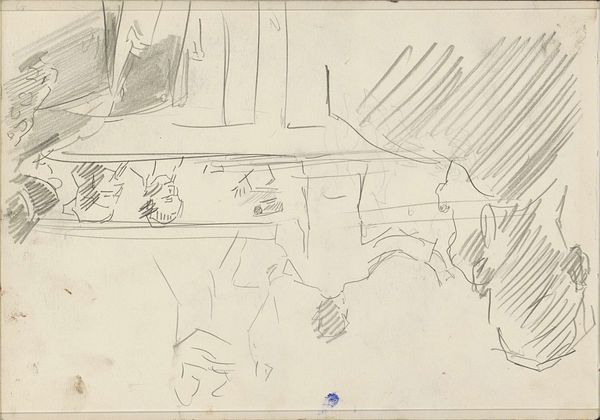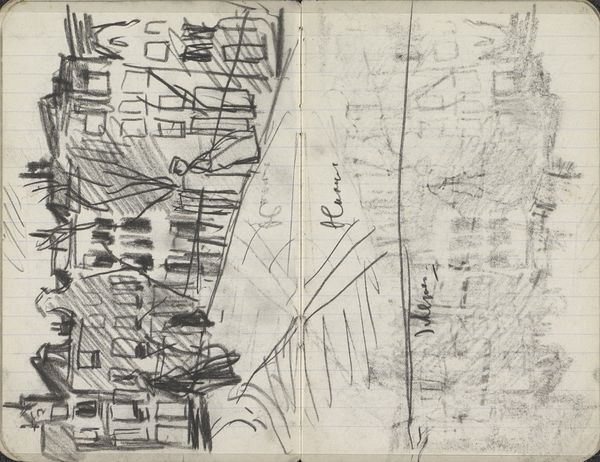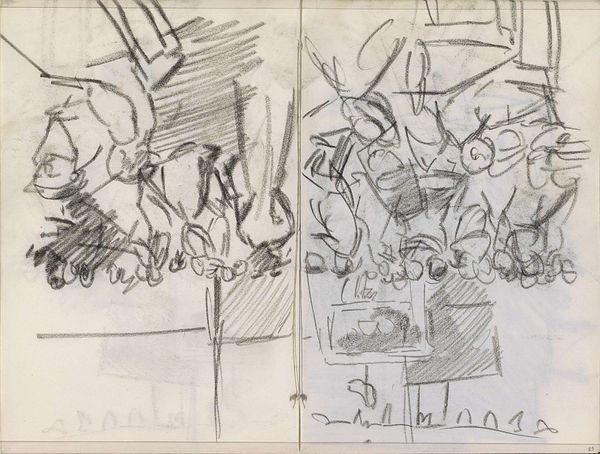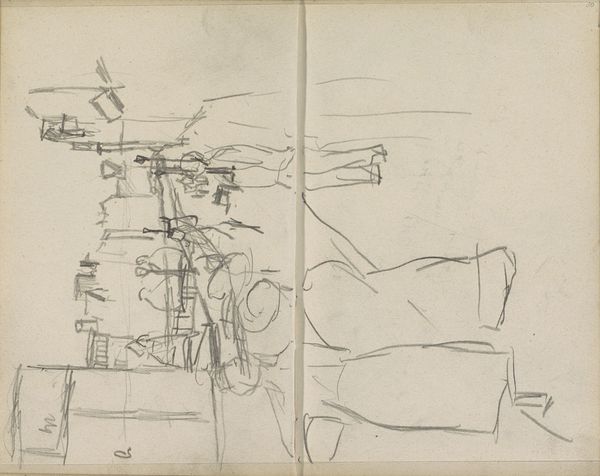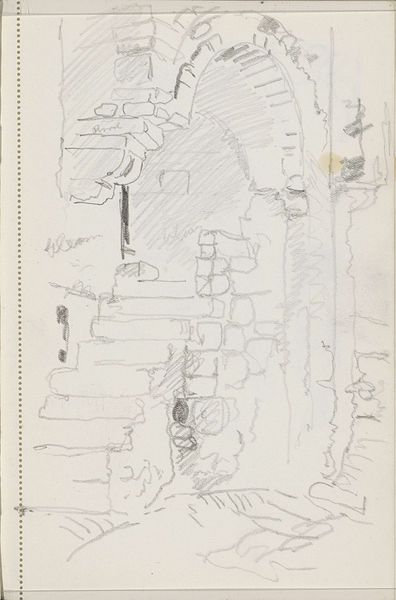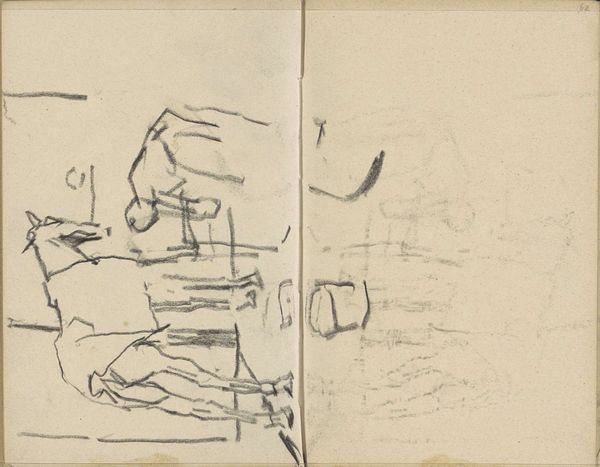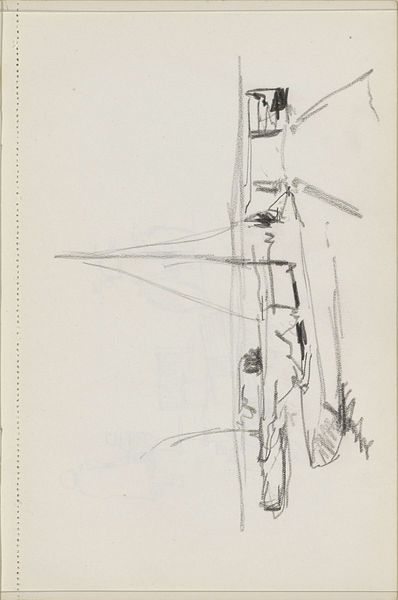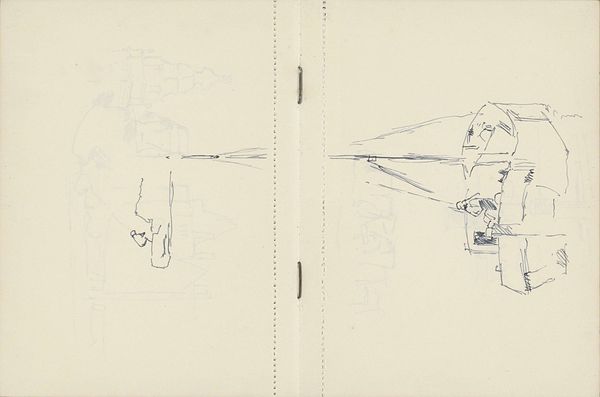
Dimensions: overall: 29.8 x 23.8 cm (11 3/4 x 9 3/8 in.)
Copyright: National Gallery of Art: CC0 1.0
Curator: Here we have Robert Frank's "Paris 22A," a gelatin silver print he made between 1949 and 1950. What strikes you most about it? Editor: The melancholy is palpable. Even without knowing the context, the monochromatic tones and glimpses of everyday life give me a sense of postwar recovery, that awkward in-between space. Curator: Precisely! The strip format itself is significant. The contact sheet—like a symbolic film strip—creates a narrative sequence, echoing life's unfolding. Notice how Frank includes mundane street scenes next to those of monumental Paris, giving the everyday a special, historical weight. Editor: And by placing them together in sequence, it normalizes these monuments. It critiques this perceived importance that we, as a society, place upon them. Frank captures the beauty of mundane Paris, even within moments that carry traces of melancholy or societal struggles. It really democratizes Parisian imagery, right? Curator: That is an excellent point. Consider the repetition of the circular metal architectural features. This mirroring serves to subtly elevate this recurring, if overlooked, pattern throughout the cityscapes depicted in the film strip. It invites us to ponder the symbols hidden in plain sight. What do these shapes signify in Parisian cultural identity? Editor: Well, circles can often symbolize wholeness, or cycles… and Frank seems to play on that expectation, then immediately disrupts it with stark social realities within the images presented in each film section. Is there an intentional comment being made? I wonder how this image would be perceived if exhibited outside the frame of Paris? The symbolic reading would completely change, perhaps to one regarding time. Curator: Yes! Outside its Parisian frame, it loses its inherent identity; its symbol set dilutes in meaning. That reveals something in its concentrated significance now! It becomes more accessible by reflecting an emotion that many societies might share through various symbols that we can find repeated in many everyday cityscapes: struggle. Editor: Ultimately, "Paris 22A" does something rare: It asks us to recognize the enduring power of the quotidian to influence society. Curator: A subtle and moving statement from Robert Frank indeed.
Comments
No comments
Be the first to comment and join the conversation on the ultimate creative platform.
